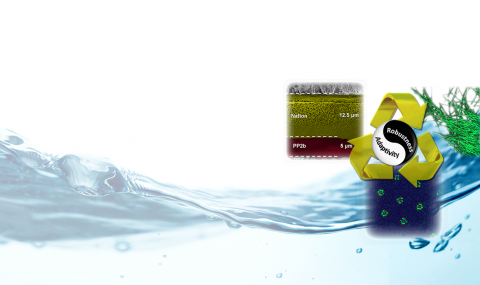Crystallization Mechanisms Study by Electron Microscopy
We study mechanisms of self-assembly, and crystallization in particular, in order to rationally design self-assembled materials. Such mechanistic information is notoriously elusive. For example, understanding and control over crystal nucleation is a Holy Grail in chemistry. We can see pieces of the Grail via methodology developed in our lab: DIRECT STRUCTURAL IMAGING of assembly (crystallization) processes using state-of-the-art methods of electron microscopy. Seeing is believing…






